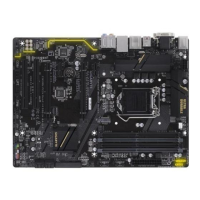
Do you have a question about the Gigabyte GA-Z270-HD3P and is the answer not in the manual?
| Non-ECC | Yes |
|---|---|
| Memory channels | Dual-channel |
| Memory slots type | DIMM |
| Number of memory slots | 4 |
| Supported memory types | DDR4-SDRAM |
| Maximum internal memory | 64 GB |
| Supported memory clock speeds | 2133, 2400, 2666, 2800, 3000, 3200, 3300, 3333, 3400, 3466, 3600, 3666, 3733, 3800, 3866 MHz |
| Supported memory module capacities | 16GB |
| Processor socket | LGA 1151 (Socket H4) |
| Processor manufacturer | Intel |
| Compatible processor series | Intel Celeron, Intel Pentium |
| Component for | PC |
| Motherboard chipset | Intel® Z270 |
| Audio output channels | 7.1 channels |
| Motherboard form factor | ATX |
| Windows operating systems supported | Windows 10 Education, Windows 10 Education x64, Windows 10 Enterprise, Windows 10 Enterprise x64, Windows 10 Home, Windows 10 Home x64, Windows 10 Pro, Windows 10 Pro x64, Windows 7 Enterprise, Windows 7 Enterprise x64, Windows 7 Home Basic, Windows 7 Home Basic x64, Windows 7 Home Premium, Windows 7 Home Premium x64, Windows 7 Professional, Windows 7 Professional x64, Windows 7 Starter, Windows 7 Starter x64, Windows 7 Ultimate, Windows 7 Ultimate x64, Windows 8, Windows 8 Enterprise, Windows 8 Enterprise x64, Windows 8 Pro, Windows 8 Pro x64, Windows 8 x64, Windows 8.1, Windows 8.1 Enterprise, Windows 8.1 Enterprise x64, Windows 8.1 Pro, Windows 8.1 Pro x64, Windows 8.1 x64 |
| BIOS type | EFI AMI |
| ACPI version | 5.0 |
| BIOS memory size | 64 Mbit |
| USB 2.0 connectors | 2 |
| Number of SATA III connectors | 6 |
| Number of SATA Express connectors | 1 |
| USB 3.2 Gen 2 (3.1 Gen 2) connectors | 0 |
| USB 2.0 ports quantity | USB 2.0 ports have a data transmission speed of 480 Mbps, and are backwards compatible with USB 1.1 ports. You can connect all kinds of peripheral devices to them. |
| RAID levels | 0, 1, 5, 10 |
| Supported storage drive types | HDD & SSD |
| Depth | 305 mm |
|---|---|
| Width | 225 mm |
Precautions to take before installing hardware components to prevent damage.
Detailed specifications of the motherboard's CPU, chipset, memory, graphics, audio, LAN, etc.
Step-by-step guide for safely installing the Central Processing Unit (CPU) onto the motherboard.
Instructions for installing memory modules, including dual-channel configuration details.
Guidelines for installing expansion cards into PCI Express slots.
Description and function of various ports located on the motherboard's back panel.
Identification and purpose of internal connectors on the motherboard for various components.
Overview of the initial BIOS startup screen and function key usage for navigation.
Details on the Motherboard Intelligent Tweaker (M.I.T.) for overclocking and performance tuning.
Information on motherboard model, BIOS version, and setting system date/time/language.
Configuration options for bootup numlock, security, logo display, and boot order priorities.
Settings for managing onboard devices like graphics, RAID, audio, serial/parallel ports, and BIOS Guard.
Configuration options related to the motherboard chipset, including virtualization and graphics memory.
Settings for power management features like ASPM, AC BACK, and power-on options.
Options for saving BIOS settings, loading defaults, exiting without saving, and managing profiles.
Step-by-step guide on setting up RAID arrays using the onboard SATA controller.
Instructions for installing essential motherboard drivers after the operating system is set up.

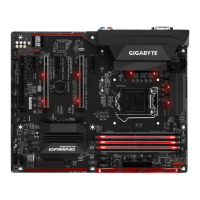
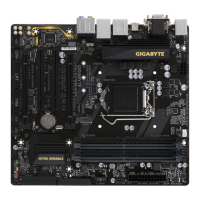
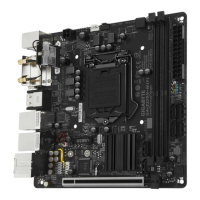
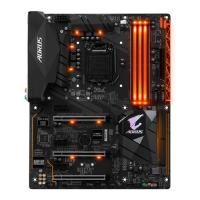
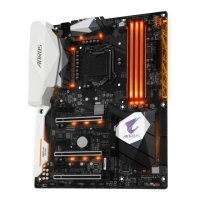
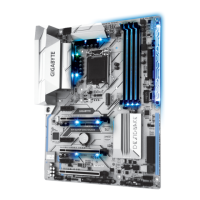
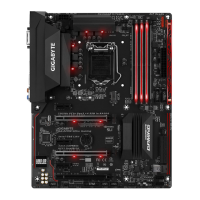
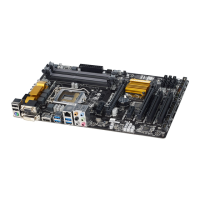
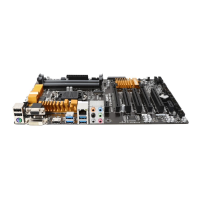
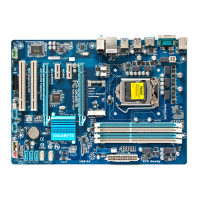
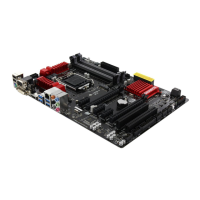
